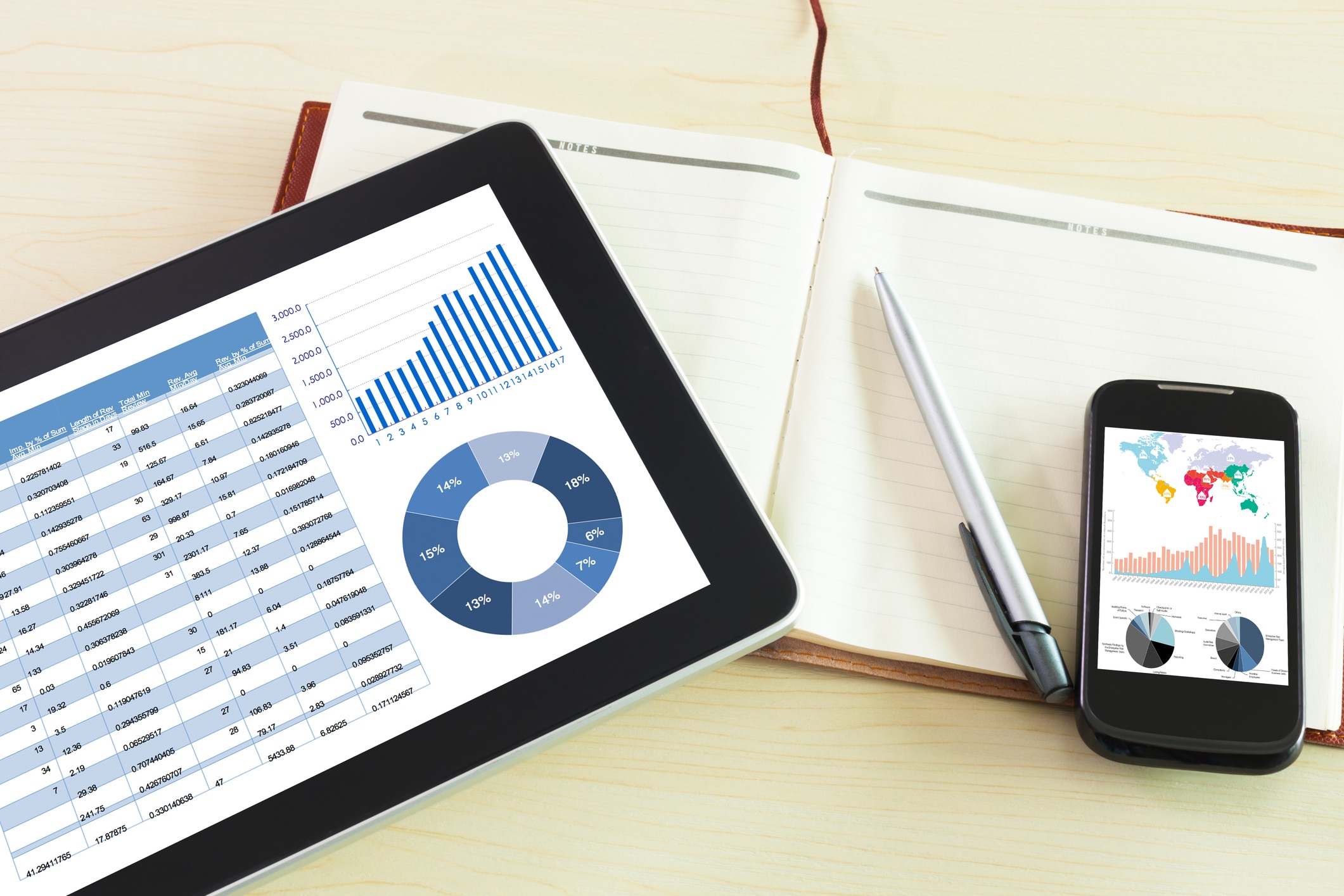The ideal business health check
Free cash flow is a key metric, indicating how well a company is doing. This figure can be used to woo investors, apply for loans from the bank, and help dictate key business decisions going forward.
Because free cash flow is a measure of a business’s ability to generate cash, a positive free cash flow figure means the business has the funds available to reduce debt, expand operations, or pay out dividends to shareholders.
If free cash flow figures are increasing over time, this is a great sign for investors because it shows good business health. Of course, many businesses will struggle to generate a positive free cash flow for the first few years of operations — plenty of money will need to be spent on expanding operations, testing out new products, and building the brand.
In an ideal world, the business’s free cash flow figures would start to creep up once the company is off the ground. However, if free cash flow continues to decline and regular operating expenses are consistently too high, this could signal real trouble.
But, it’s not as simple as saying that a negative free cash flow is bad. It’s obviously not great, but it demands scrutiny in order to work out exactly what the problem is.
For example, the figure might be negative because the company isn’t profitable. Or, it could be a profitable business that’s struggling to get its customers to pay in a timely manner. Or, the business might be generating positive operating cash flow but also be investing heavily in capital expenditure, leading to low free cash flow.
Negative free cash flow isn’t always a bad thing in itself, particularly when it’s due to the business making forward-thinking investments. As the old adage goes, ‘You have to spend money to make money.’
















